Story about Hawaiian Coffee
Hawaii is the only region of the USA that produces coffee.
The first coffee was brought to the Hawaii in 1817 by the first Spaniard consultant Don Francisco de Paula Marin during the reign of King Kamehameha, but his planting didn’t succeed. In 1825, Chief Boki, the governor of Oahu, brought plants from Brazil and successfully planted them in Manoa Valley. People started to grow coffee in several regions on different islands. Currently there are around 950 coffee farms on Kauai, Oahu, Maui, Mokokai and the Big Island, most of them are small family run businesses, with a total farming area of 7,900 acres.
Kona region
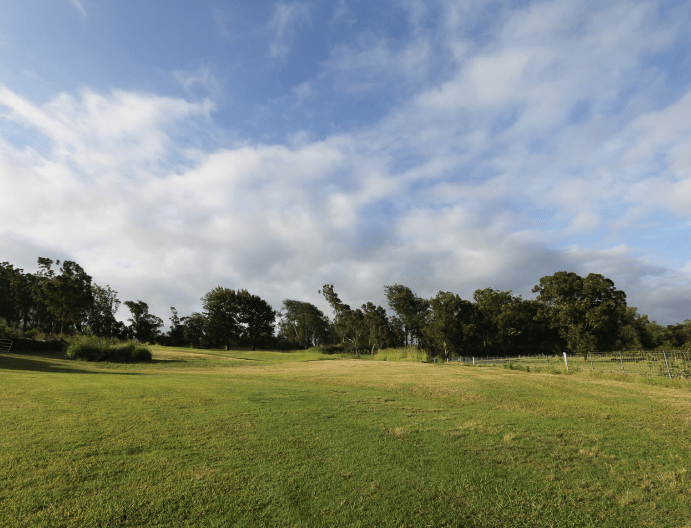
When speaking of Hawaiian coffee, KONA coffee usually comes to mind. In 1828, missionary Samuel Ruggles brought the first coffee plant to Kona on the Big Island. To date, Kona coffee accounts for half of the total coffee production in Hawaii. There are around 600 independent farms on the northern and southern board of Kona. Kona coffee is cultivated on the slopes of Manua Loa and Hualailai, mostly at a low to moderate altitude, approximately 2000-3000 feet. Volcanic area is known for its black soil which is PH balanced and rich in minerals, contributing to keep water content in soil appropriate. Sunny mornings and cloudy afternoons protect the coffee plants from the harsh tropical sun. The weather is perfect for coffee trees to thrive in.
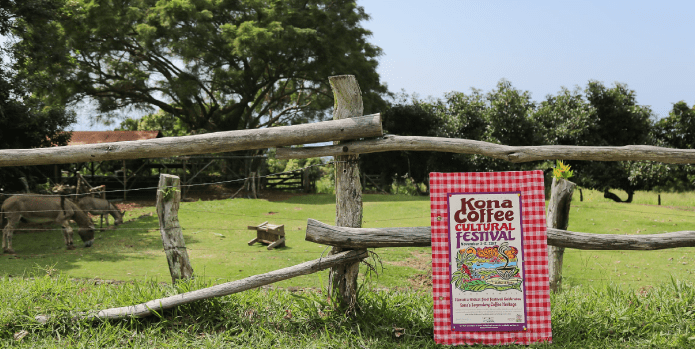
"Kona coffee has a richer flavor than any other, be it grown where it may and call it by what name you please." Mark Twain, July 1866. It was said that Kona coffee has become his favorite ever since. Coffee expert all agree that Kona coffee is equally as good as Jamaican Blue Mountain Coffee. It is rich and smooth with a bit of fruity acidity. Depending on how you roast it, it can taste like a cup of tea with a clear and sweet after taste, or a cup of delicious juice.
Ka’u region
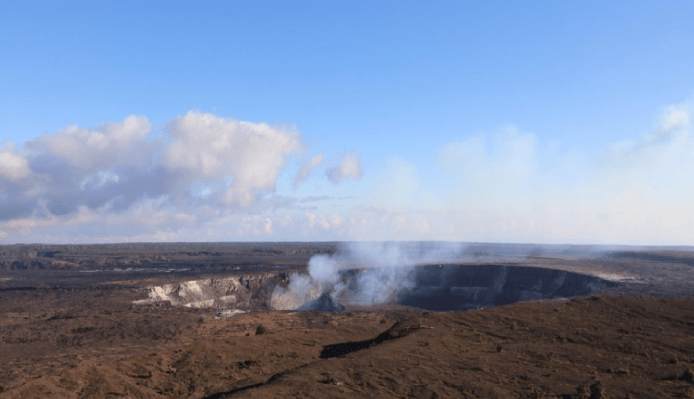
In recent years Ka’u coffee from Hawaii are starting to get American people’s attention. Kau coffee is grown at 2000-3000 feet on the east side slope of Manua Loa. Most of the award-winning farms are located in Pahala, the northernmost town of Ka’u district.Ka’u’s terrain is incredibly diverse. Coffee is grown on the sun-facing side of the slopes. The weather of sunny mornings and cloudy afternoons, the mineral-rich and PH balanced volcanic soil from Manua Loa-the largest volcano on earth, and the soil porosity that helps to keep water content appropriate, all contribute to perfect coffee growing conditions.
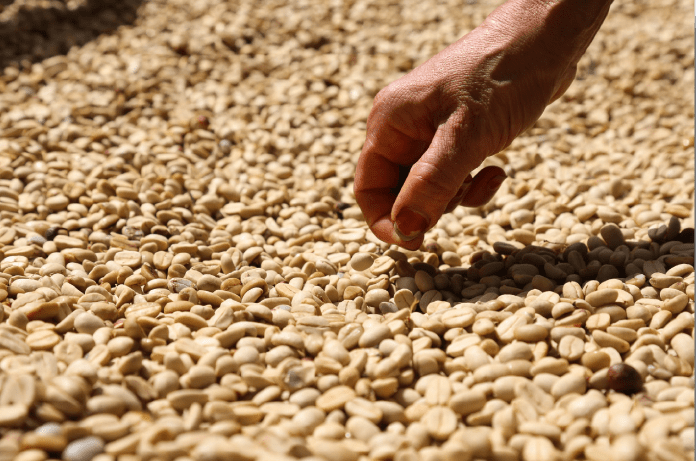
Sugarcanes used to be the main crop of the Ka’u district, people also started to grow a little coffee in 1894. The 1996 sugar price drop pushed the Ka’u district to switch from mainly growing sugarcane to growing coffee. With the farmers’ hard work and exceptional soil conditions and cultivation techniques, Ka’u coffee started to receive rave reviews from regional and national coffee cupping competitions. At the 2011 SCAA International Cupping Competition, Ka’u coffee not only won the top award in Hawaii, but also received the honor of being one of the top coffees in the world. Here’s how coffee specialists describe the flavor of Ka’u coffee- rich and heavy body, has a distinctive aroma that makes you feel like walking in a garden, and smooth as silk.
Flavored coffee
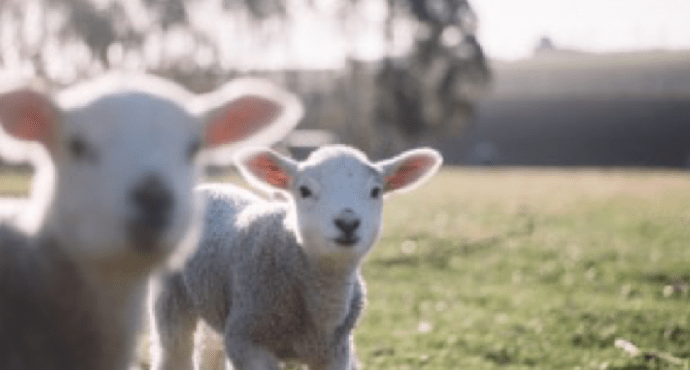
The origin of coffee drinking is said to be traced back to an Ethiopian goat herder by the name of Kaldi. The story goes that that Kaldi discovered coffee after he noticed that after eating the berries from a certain tree, his goats became so energetic that they did not want to sleep at night. Kaldi reported his findings to the abbot of the local monastery, who made a magical drink with the berries and found that it kept the monks awake an alert. As coffee reached Middle East, the locals’ love for spices led them to add spices or nuts in the coffee hundreds of years ago.
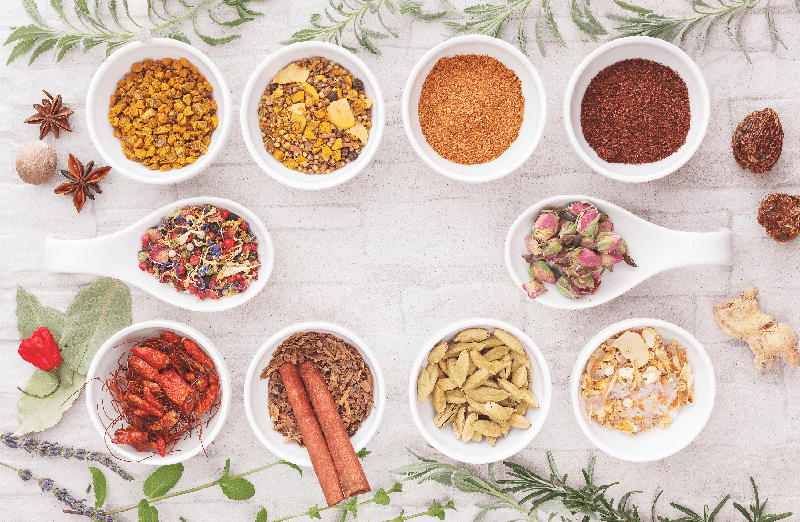
Today, other than adding flavored syrups in the coffee to satisfy coffee drinkers’ preference for flavors, another way is to directly infuse flavors into coffee beans in the roasting process. Hawaii is an extremely popular tourist destination, and to capture the imagination and taste buds of coffee drinkers from all over the world, flavored coffee has become more and more popular.
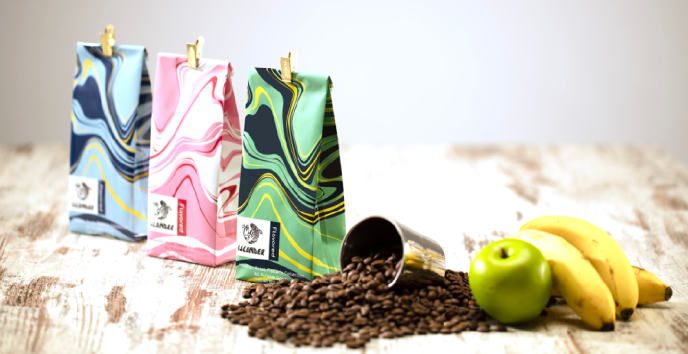
Just like making tea-smoked goose, it may look easy, but it’s an art mixing different flavors with coffee beans itself-keeping the taste of the coffee itself but at the same time letting the flavor to take your taste buds to places you’ve never imagined. The line from the movie God of Cookery says it well,” On the surface it looks ordinary, nothing stands out, but in reality it’s a work of exquisite art, profound and unfathomable. ” The skills of a coffee roaster cannot be underestimated.